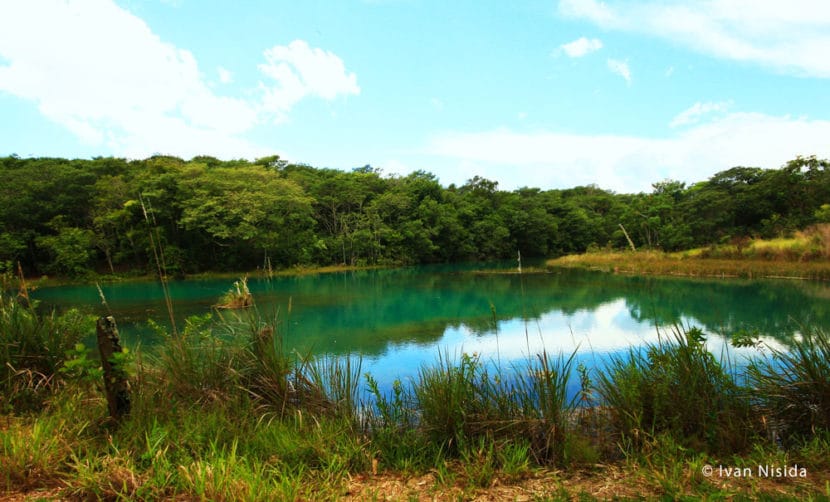Hadassa Moreira writes a blogpost for the BJF about why we must keep the Araguaia River healthy by maintaining riparian vegetation. Hadassa studied biological science in Brazil. She then moved to the Netherlands in 2016 and refined her expertise, completing a Masters in Transnational Ecosystem-Based water management. She is originally from Brasilia but is currently working as a data specialist for IMD- a Dutch company that specializes in wastewater management.

Today is world water day! The theme of this year is Leaving no one behind, meaning that all people worldwide have the right of access to safe, clean water. Healthy river systems play a vital role in making sure that this goal can be met. In this post we seek to explain how the Araguaia Corridor project contributes to keeping the Araguaia River alive and improving its health, thus making sure that many people along the river catchment have access to clean water.
There are many ways in which riparian vegetation influences the conditions of waterbodies. A riparian zone is the place where land and a river or stream meet. Riparian vegetation are the plants and ecosystems that exist along these river margins. In this post we will focus on the impacts of riparian vegetation for water quantity and quality, both locally and regionally.
The vegetation along the river is essential for preserving the balance of processes such as erosion and sedimentation. Erosion and sedimentation are natural processes, but when disturbed, might generate serious problems for the river’s health. High sediment inputs reduce water quality, as the water becomes increasingly turbid. it can also negatively impact water quantity, as sedimentation of river beds decreases the flow capacity of rivers. How does riparian vegetation help? Trees promote bank stabilization, which reduces erosion. Trees also limit the runoff velocity, in turn limiting the amount of sediments that ends up in the river.
Another way in which riparian vegetation influences water quality and quantity is through infiltration and retention. Trees increase the water infiltration in the soil, increasing groundwater recharge and water retention for longer periods of time. These two processes maintain water available in the soil, which is necessary for microorganisms, other plants and animals. Water infiltration and retention are therefore of great importance for the ecosystem, as well as for the maintenance of local agriculture and livestock rearing.
Last but not least, riparian vegetation does not only have positive impacts locally but also on a regional scale! Through the processes of evaporation and transpiration, trees release water into the atmosphere. At a later stage in the water cycle, the water masses condensate as rain. Some of this rain will fall in the river catchment and some of it will fall in other regions! This contribution of vegetation in the water cycle is of great importance for human populations in Brazil, especially considering the water scarcity that many cities of Brazil have suffered in last years.
In conclusion, the impacts of projects such as the reforestation along the Araguaia River is linked to the idea of leaving no one behind as riparian vegetation contributes to healthy rivers systems and promotes rain events in other regions, ensuring water, food and livelihood for people along the river but also for people who live far from the river catchment. By supporting the Araguaia River (eco)system we keep the water flowing for many people!




